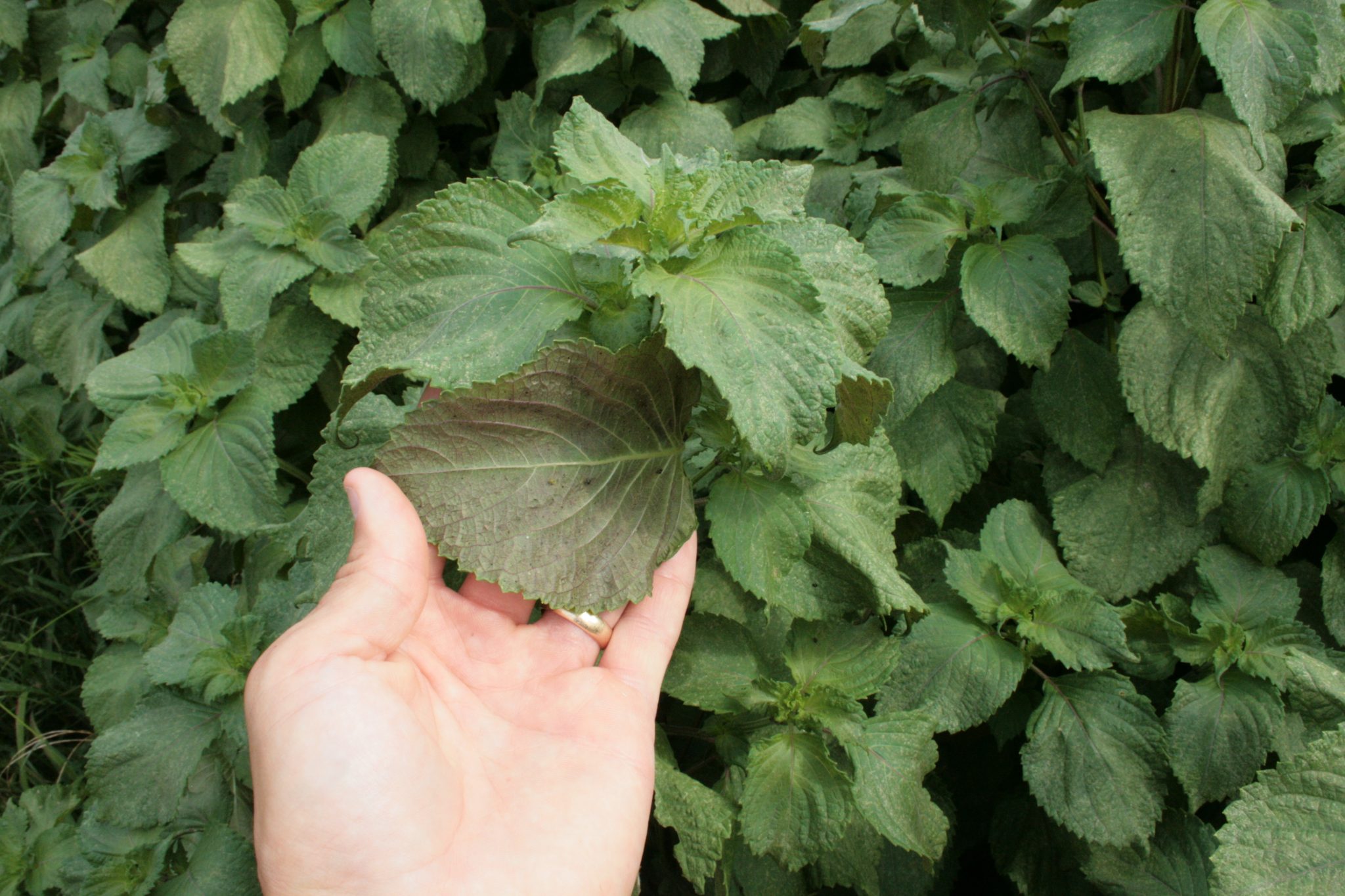*This is an excerpt from Beef Cattle Management in Uncertain Times
In this video, David Russell, an Alabama Extension weed scientist, discusses topics related to spring weed management in pastures and hayfields. These topics include integrated pest management, spring transition across forage systems, control options, and weed management resources.
One of the foundational, and likely most economical, components of weed management for forage and livestock production is the cultural practice of rotational grazing and maintaining a healthy forage stand. Competition from standing forage is usually the first and most important line of defense against encroaching weed pressure. Combining this practice with chemical and mechanical control methods can help suppress troublesome weed species throughout the year.
Thistles are a common and very prominent weed problem throughout Alabama, especially in spring pastures. Their aggressive and spiny growth shades out grasses and clovers and deters cattle from grazing infested areas. If left unchecked, this persistent weed may quickly overtake a pasture with its wind-dispersed seed.
Read more about Beef Cattle Management in Uncertain Times
Read More related articlesRelated Topics
*This is an excerpt from Beef Cattle Management in Uncertain Times
Reproductively inefficient animals should be at the top of the cull list every year, but especially during times when production resources are limited. This includes subfertile cows, bulls, and heifers.
By determining the pregnancy status of beef cows, producers can remove reproductively inefficient cows from the herd, which results in a combination of increased pounds of calf production per cow and lower costs per pound of calves produced. Identifying and removing open (nonpregnant) cows and replacement heifers allow more prudent use of valuable, and perhaps limited, feed, pasture, and water resources for productive animals. Learn more about the different options for determining the pregnancy status of your cows and replacement heifers.
Replacement heifers are an investment with long-term consequences, both financially and genetically. Heifers are evaluated based on breed, physical soundness, conformation, genetic analysis, growth, body condition score, visual appraisal, etc. In addition, heifers should receive a thorough breeding soundness examination to ensure the selection of the animals that are most likely to be reproductively sound. It doesn’t matter how good a heifer’s calf would be if it is never born.
Performing breeding soundness examinations approximately one month before breeding allows for selection of heifers with the best reproductive potential. Heifers with poor reproductive potential can be culled before incurring additional costs associated with their maintenance. Ultimately, heifer breeding soundness examinations allow for more effective utilization of valuable feed, water, and pasture resources for heifers that are reproductively sound. Learn more about breeding soundness examinations for replacement heifers.
Bulls should also receive breeding soundness examinations every year before breeding season, with infertile and subfertile bulls being removed from the herd. Contact your veterinarian to schedule replacement heifer and bull breeding soundness examinations.
*This is an excerpt from Beef Cattle Management in Uncertain Times
Keep you and your workers safe when applying herbicides and pesticides. The Route of Entry Video Part 1 discusses the primary ways you can be exposed to pesticides, acute versus chronic toxicity, and poisoning symptoms. Note that 97 percent of all exposure is through the skin. The liver and the kidneys are the primary organs that filter and break down chemicals in the body. Poisoning symptoms vary widely, and how your body responds to breaking down a chemical varies on the exposure over time, toxicity, and dosage.
The Route of Entry Video Part 2 looks at first-aid procedures and labeling of pesticides to help the victim while waiting for medical help. Read the label to ensure the safety of humans, livestock, wildlife, and the environment. In case of accidental pesticide exposure, the label and safety data sheets (SDS) provide information for applicators as well as emergency and medical personnel.
This video discusses different types of personal protective equipment (PPE) that can be used to protect you and your workers when applying pesticides and herbicides. Cleaning, disposing of, and storing PPE are also covered. Wear PPE for any task that could expose your skin, mouth, eyes, or lungs. Read product labels to determine PPE requirements.
Finally, this video discusses pesticide cleanup procedures. Pesticide accidents and emergencies can damage property, the environment, and wildlife. They can also endanger the health of the applicator and first responders and cause financial loss and liability claims. It is important to prevent and follow the correct cleanup procedures if a pesticide accident occurs.
*This is an excerpt from Beef Cattle Management in Uncertain Times
In this video, Katelyn Kesheimer, an Alabama Extension entomologist, discusses summer pasture and hayfield pests. Summer Pasture and Hayfield Pests
The bermudagrass stem maggot has become a pest for cattle and hay producers across the Southeast. Producers growing bermudagrass should be prepared for bermudagrass stem maggot arrival in midsummer. They can monitor with sweep nets or blue sticky traps. For assistance, contact your county Extension office. Learn more about the control measures and strategies for mitigating damage associated with bermudagrass stem maggot.
The fall armyworm is a chronic pest in the Southeast and can cause severe damage to grass and forage crops. Damage varies in appearance and severity according to the type of grass and management practices, although well-irrigated, lush bermudagrass is favored and the damage is most severe in times of drought. Armyworms are most numerous in late summer or early fall. Control is best achieved when worms are young, so it is crucial to detect and treat in the first 10 days of their life cycle. Learn about the management of fall armyworms in pastures and hayfields.

